India’s startup environment can help it become a global economic powerhouse

India’s startup environment can help it become a global economic powerhouse
For various reasons, India occupies a unique position globally, the most important of which is one of the world’s youngest populations. We benefit from using the skill and capacity of our youth to propel the nation ahead through productive output and innovation, with 62 per cent of the population in the working-age group and 54 per cent under the age of 25.
While India has always been a business-driven country, the last decade and a half has seen a massive shift in the landscape, from new startups to increased global investor interest to infrastructure and policy advancements. Indian startups have raised upwards of $20 billion in funding, attained unicorn status, and more in 2021 alone.
The growth of the startup economy has resulted in new business opportunities, innovation, tech-centric initiatives, and employment creation in various industries. While the migration of funds from conventional industries to tech-focused sectors has been beneficial to entrepreneurs, India’s expanding technological capability has been inspiring in recent decades.
According to Nasscom, India is on course to have a 50-strong “Unicorn club” by 2021, up from 2011, when the country’s first private business gained unicorn status.
With seasoned entrepreneurs and technology-led solutions, a mature startup environment provides the road for innovation and worldwide expansion. And, in the seven-and-a-half decades since independence, India’s economy has rapidly diversified and evolved beyond agriculture to become a potential technological powerhouse, where entrepreneurs are developing world-class goods and services to address real-time concerns.
While value creation is at the heart of entrepreneurship, Indian startups are also making significant progress in forging global synergies and collaborations, proving the startup ecosystem’s development and desire for innovation, collaboration, and disruption.
Even amid the Covid-19 pandemic, Indian startups have innovated quickly to provide indigenous, tech-enabled solutions to combat challenges ranging from testing kits and ventilators to remote monitoring and preventive technologies and supply chain management, logistics, and education.
In reality, during the pandemic, one of the paradigm adjustments brought about by technology was a systemic move to online education and large-scale distant learning. Indian startups’ solutions have been widely adopted domestically and internationally, firmly establishing India as a global leader in technology and innovation.

In major part, the continuous expansion of Indian IT companies in the 2000s, a big talent pool of trained workers, growing expendable income, and expanding capital inflows have all played a role. India has over 40,000 businesses and is developing a solid tech and internet infrastructure. Furthermore, the ability of today’s youth to take risks, act quickly, and disrupt things without fear has become our most valuable asset. This strategy is exemplified by the fact that Indian entrepreneurs are becoming global entities by developing products and solutions for worldwide markets.
India’s growth storey has been progressively scripted by industrial conglomerates, banks, automobile giants, software pioneers, and tech entrepreneurs. As India progressively establishes itself as a leading R&D base for many Silicon Valley corporations, global investors recognise the potential upside in India’s large, under-penetrated market.
However, to move beyond present capabilities and capture the demographic dividend, our workforce must be educated, reskilled, and upskilled. We must also realise and recognise that the global environment and technological advancements are also changing and domestic policy changes, and India must be prepared for this transformation. As a result, in addition to regulatory policies that encourage entrepreneurship, India’s corporate sector must stimulate entrepreneurialism and create synergies to develop meaningful technology solutions and sustainable and resource-efficient growth.
With Indians expected to account for one-fifth of the world’s working-age population in the next five years and a projected 850 million internet users by 2030, the country is on the verge of experiencing unparalleled economic growth and the potential to be a global game-changer. This mission’s major features include speed, inclusivity, and sustainability, as well as the country’s youth. There is no question that India@100 will be a global economic powerhouse, given the country’s focus on developing digital infrastructure in healthcare and education and increasing manufacturing jobs.
The public and private sectors’ combined future efforts to strengthen physical and digital connectivity would also help unlock rural and semi-urban India’s untapped potential to lead Industry 4.0 and beyond.
To achieve this transformation at scale, the Indian startup ecosystem must concentrate on inventing solutions that enable enterprises in essential industries to achieve national goals. It must also see India’s economic and social issues as possibilities for growth and new technology deployment. While India@75 is on the verge of revolution, the hope is that India@100 will usher in a golden age of global entrepreneurship, technology, and innovation.
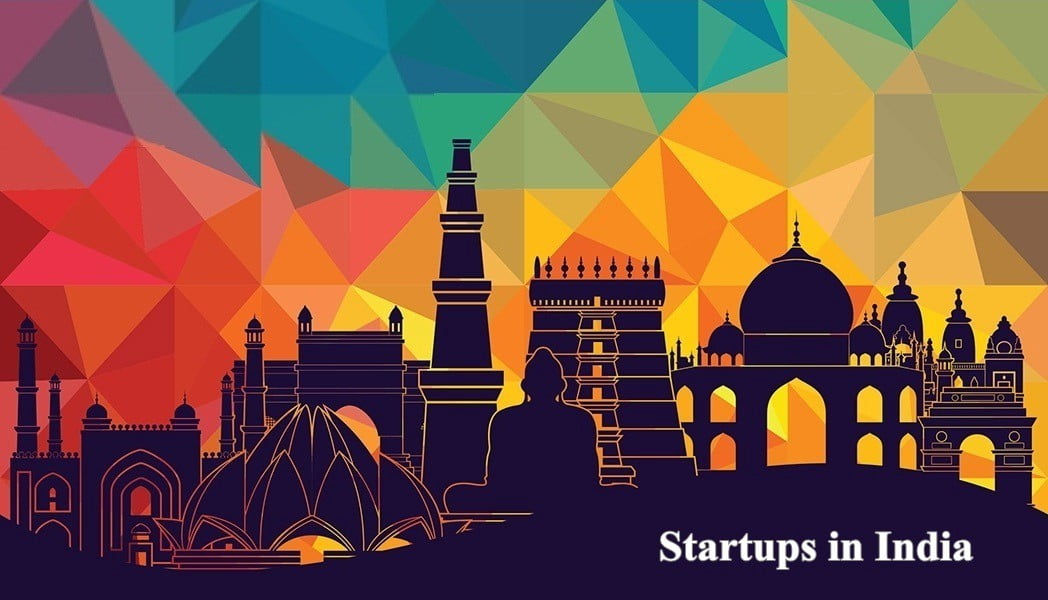
How India’s startup environment help it become a global economic powerhouse?
Factors driving startup economy in India
- In major part, the continuous expansion of Indian IT companies in the 2000s, a big talent pool of trained workers, growing expendable income, and expanding capital inflows have all played a role.
- Young generation: Furthermore, the youthful generation’s ability to take risks, act quickly, and disrupt things without fear has become our most valuable asset today.
- Increased internet use: The country is on the verge of seeing extraordinary economic growth in the next five years, with an anticipated 850 million internet users by 2030.
How does it help the economy?
The growth of the startup economy has resulted in new business opportunities, innovation, tech-centric initiatives, and employment creation in various industries.
With seasoned entrepreneurs and technology-led solutions, a mature startup environment provides the road for innovation and worldwide expansion.
While value creation is at the heart of entrepreneurship, Indian startups are also making significant progress in forging global synergies and collaborations, proving the startup ecosystem’s development and desire for innovation, collaboration, and disruption.
In reality, during the pandemic, one of the paradigm adjustments brought about by technology was a systemic move to online education and large-scale distant learning.
Indian startups’ solutions have been widely adopted domestically and internationally, firmly establishing India as a global leader in technology and innovation.
Suggestions
Education and reskilling: To go beyond present capabilities and capture the demographic dividend, our workforce must be educated, reskilled, and upskilled.
Policy environment: In addition to domestic policy changes, the global environment and technological advancements are also changing, and India must be ready for this transformation.
Foster entrepreneurship: In addition to policy-level policies that encourage entrepreneurship, India’s business sector must foster entrepreneurialism and create synergies to develop meaningful technology solutions and sustainable and resource-efficient growth.
Inclusivity and long-term viability: As the country prepares for unparalleled economic growth, speed, inclusion, and long-term viability are critical components of this aim.
Unleash the untapped potential of rural and semi-urban India: The public and private sectors’ combined future efforts to expand physical and digital connectivity will also assist rural and semi-urban India lead Industry 4.0 and beyond.
Concentrate on national objectives: To achieve this transformation at scale, the Indian startup ecosystem must invent solutions that enable enterprises in essential industries to achieve national goals.
Conclusion
There is no question that India@100 will be a global economic powerhouse, given the country’s focus on developing digital infrastructure in healthcare and education and increasing manufacturing jobs.

Government Schemes to Support Startups in India
India is making progress toward its goal of creating a thriving startup ecosystem. The government has established a ministry (department) committed to assisting new firms in promoting and supporting them. In addition, the Indian government has introduced a slew of initiatives aimed at boosting entrepreneurship in the country and providing financial assistance to new businesses.
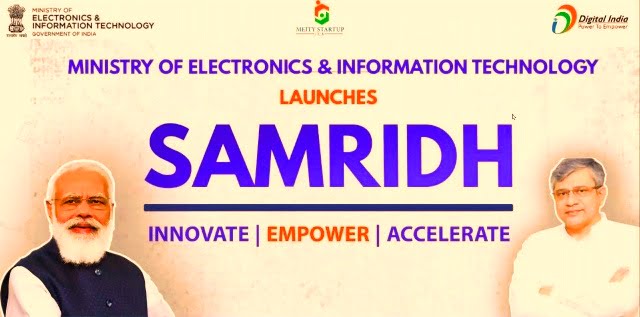
SAMRIDH Scheme
In August 2021, Ashwini Vaishnaw, who was then the Minister of Electronics, Information, and Technology, launched the SAMRIDH scheme, which stands for Startup Accelerators of MeitY for Product Innovation, Development, and GrowtH, just over a week after announcing that the government would support startups in their early stages.
This initiative aims to provide money to entrepreneurs and assist in bringing together skill sets that will help them grow successfully. In the coming three years, the newly formed SAMRIDH programme wants to accelerate roughly 300 startups by providing them with client connections, investor connections, and other prospects for worldwide expansion.
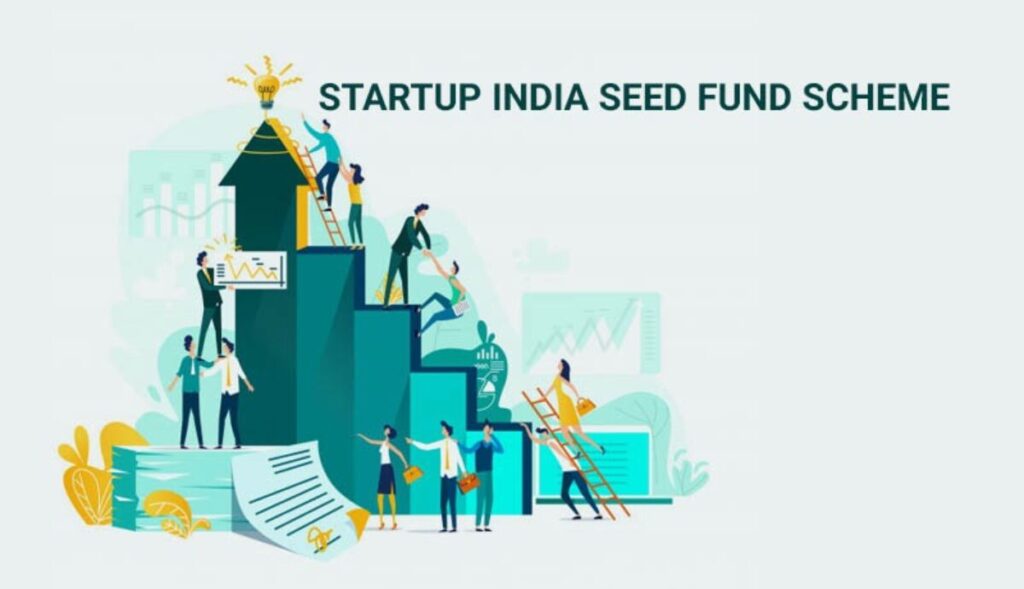
Startup India Seed Fund
Prime Minister Narendra Modi announced the formation of the INR 1,000 crore ‘Startup India Seed Fund’ on January 16, 2021, to assist startups and foster ideas from young entrepreneurs. PM Modi stated that the government is taking significant steps to ensure that Indian startups do not encounter funding constraints.
According to the Union Budget for 2022, the reserved amount for the Startup India Seed Fund project is Rs 283.5 crore, which is more than the revised estimate of roughly Rs 100 crore for 2021 22.

Startup India Initiative
On January 16, 2016, India’s Prime Minister inaugurated the Startup India Initiative. By giving entrepreneurial spirits wings, the goal is to boost wealth and employability. The government provides tax benefits to entrepreneurs under this system, and as of June 3, 2021, about 50,000 startups had been recognised through this scheme in a little more than five years. This effort is being maintained by the Department of Industrial Policy and Promotion, and it is being treated as a long-term project.
In addition, the age limit for startups has been raised from two to seven years. Furthermore, the age limit for biotechnology companies is ten years from the date of establishment. It is one of the best government-sponsored startup programmes for entrepreneurs because it offers several benefits.

ASPIRE
The Indian government has made continual efforts to improve the social and economic elements of living in rural parts of India. ASPIRE is one of the most popular initiatives sanctioned by the Indian government. The Ministry of Micro, Small and Medium Enterprises promotes A Scheme for Promotion of Innovation, Rural Industries, and Entrepreneurship (ASPIRE), a Government of India project (MSME).
The scheme mentioned above was established in 2015 to provide entrepreneurs with the necessary information to help them start their businesses and become employers. The government has supported entrepreneurship and innovation in the rural sector because rural areas account for 56 per cent of the Indian population. The ASPIRE programme aims to increase employment, reduce poverty, and promote innovation in rural India.
The primary goal, however, is to boost the agro-business industry. The Ministry of Small and Medium Enterprises has attempted to promote economic development locally. The scheme’s entire budget was initially set at INR 62.5 crores for 2014-2016.
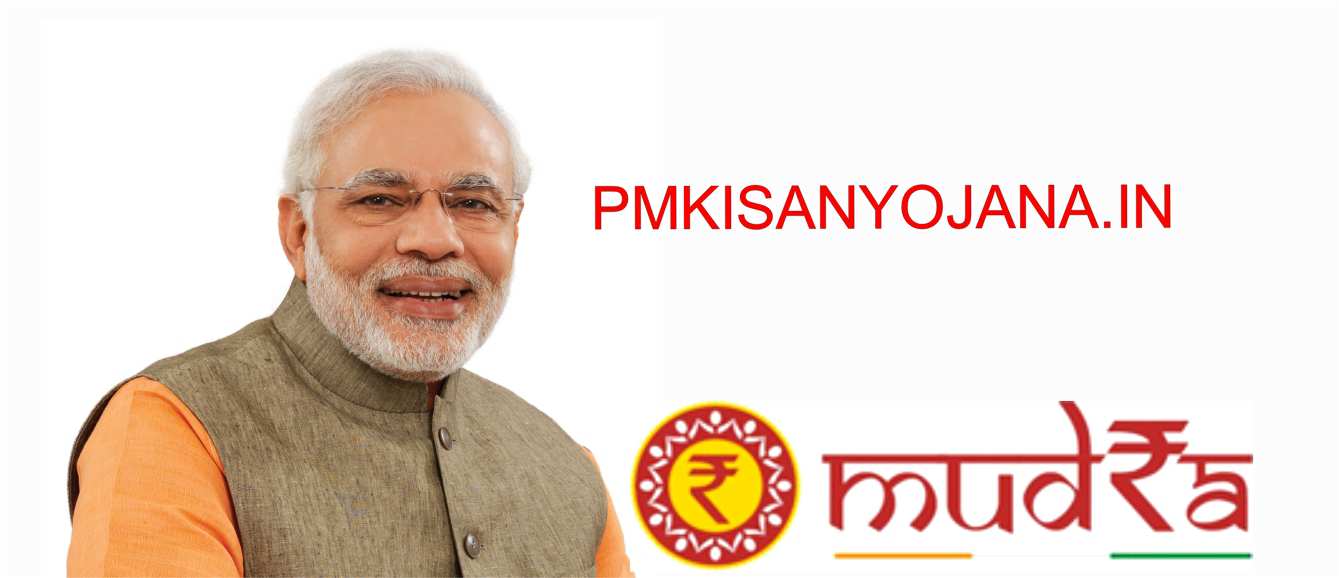
Pradhan Mantri Mudra Yojana (PMMY)
Micro Units Development Refinance Agency (MUDRA) banks were established to improve lending facilities and encourage the growth of small businesses in rural areas. The Indian government created this scheme to help small enterprises. The government set aside INR 10,000 crores in 2015 to support the startup culture in India.
Small businesses, non-corporate businesses, and non-farm small/micro-enterprises can get up to INR 10 lakhs in startup loans from MUDRA banks. MUDRA is part of the Pradhan Mantri Mudra Yojana (PMMY), which began on April 8, 2015. The loans have been divided into Tarun, Kishore, and Shishu. The assets have no collateral security because the bank’s financing produces them.
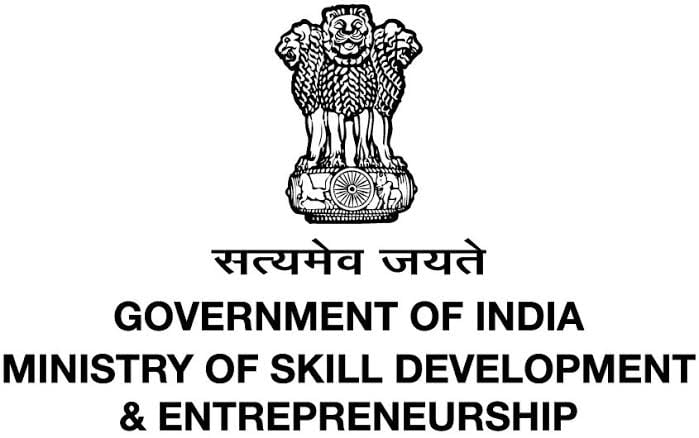
Ministry of Skill Development and Entrepreneurship
Previously, various ministries and government entities were tasked with supporting entrepreneurship. In 2014, the prime minister allocated an entire ministry to develop this industry, believing that skill development required more government support. Furthermore, gap-funding and skill-development efforts will reach 500 million people by 2022.

ATAL Innovation Mission
The Indian government introduced the Atal Innovation Mission (AIM) in the 2015 budget session, named after India’s former Prime Minister, Atal Bihari Vajpayee. To cultivate a culture of innovation, research, and development, the Atal Innovation Mission was founded to build a promotional platform integrating academicians and drawing on national and international experiences. In 2015, the government allocated roughly INR 150 crores to AIM.

eBiz Portal
eBiz, created in January 2013, was the first electronic government-to-business (G2B) portal. The portal’s primary goal was to reform and build a business-friendly climate. Infosys created the eBiz Portal as part of a public-private partnership. It was designed to serve as a communication hub for Indian investors and business communities. Andhra Pradesh, Delhi, Haryana, Maharashtra, and Tamil Nadu are the states where the portal has launched 29+ services.
The administration also stated that more services would be added to the scheme over time. However, following months of discussions over shutting down the eBiz effort due to minimal service integration, it was officially shut down in July 2018. According to the 2020 updates, the government intends to resurrect eBiz-like platforms.

Dairy Processing and Infrastructure Development Fund (DIDF)
The National Bank for Agriculture and Rural Development (NABARD) is India’s premier development bank. In the Union Budget of 2017-18, the Indian government announced the establishment of the Dairy Processing and Infrastructure Development Fund under NABARD for the long-term benefit of farmers. This fund has a total capital of INR 8000 crores that will be invested over three years (i.e. 2017-18 to 2019-20)
NABARD offers loans to milk unions, multi-state milk cooperatives, state dairy federations, milk-producing firms, and NDDB subsidiaries who match the project’s eligibility conditions.
The loan component would be 80%, with a 20% contribution from the final borrower (minimum rate). Borrowers will be charged a 6.5 per cent annual interest rate on loans. The repayment duration will be ten years. The respective state government will guarantee the loan repayment. Furthermore, the state government will step in if the borrower cannot contribute their share to the scheme.
The agriculture ministry’s departments were given a total of Rs 1.31 lakh crore in the 2021 Budget, which was increased to Rs 1.32 lakh crore in the Union Budget of 2022. NABARD would allow the creation of a fund consisting of blended money raised through a co-investment approach, which will finance agritech companies and rural enterprises related to farming. According to India’s Finance Minister Nirmala Sitharaman, the deployment of’ Kisan drones would see a fresh push to assist practical crop assessment, digitisation of land records, and insecticide and fertiliser spraying.

SIP-EIT- Startup Schemes in India
The Department of Electronics and Information Technology has announced the introduction of a programme called “Support for International Patent Protection in E&IT (SIP-EIT).” This programme helps MSMEs and technology startups file worldwide patents by providing financial assistance.
Features and benefits of the SIP-EIT scheme are:
- The Information Communication Technologies and Electronics sector receive financial assistance for international filing.
- The reimbursement ceiling has been established at INR 15 lakhs per invention, or 50% of the total fees expended in filing and processing a patent application, whichever is lower.
- The applicant can use the SEP-EIT system at any step of the international patent filing process.
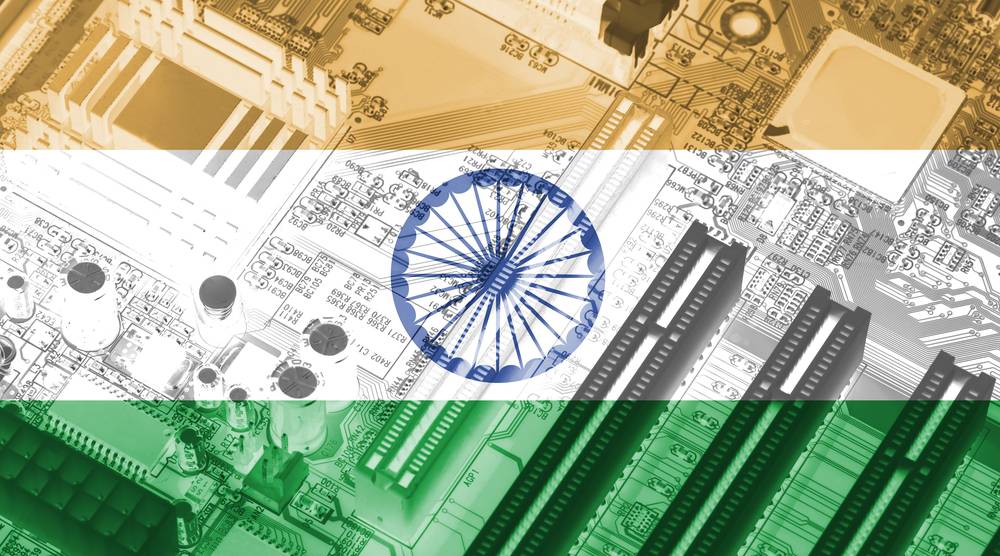
Multiplier Grants Scheme (MGS)
The Multiplier Grants Scheme was established by the Department of Electronics and Information Technology (DeitY) (MGS). The goal of this programme is to promote collaborative R&D between industry and academics/institutions to create goods and packages. The government would provide financial support up to twice the amount contributed by the industry if the industry supports R&D of items that can be marketed at the institutional level under the scheme. MGS encourages and accelerates the development of aboriginal goods and services.
The government grants would be limited to a maximum of INR 2 crores per project, with each project’s tenure likely to be fewer than two years. The cost would be INR 4 crores for industrial associations over three years.

Credit Guarantee Fund Trust for Micro and Small Entreprises (CGTMSE)
The Credit Guarantee Fund Trust for Micro and Small Enterprises (CGTMSE) was established by the Indian government and went into operation on January 1, 2000, to give zero-collateral business loans to micro-level firms, small-scale industries, and startups. It enables firms to obtain loans at heavily subsidised interest rates without collateral.
The government grants a maximum sum of up to INR 100 lakhs under this scheme in collaboration with SIDBI (Small Industries Development Bank of India) for developing new businesses and rehabilitating old ones. This loan, primarily for manufacturing companies, can be taken up as either working capital or a term loan.
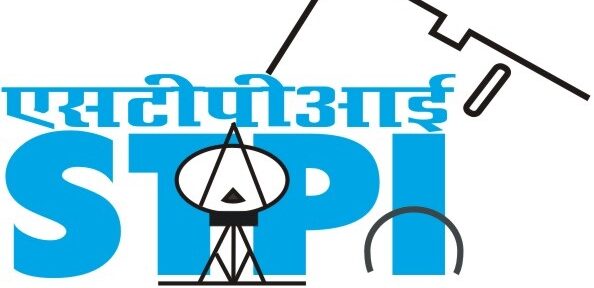
Software Technology Park (STP)
The Software Technology Park (STP) scheme is entirely export-oriented for computer software development and export. This includes the use of communication networks or media to export professional services.
The scheme is unique because it concentrates solely on one industry, namely computer software. The plan combines the government’s notion of “100% Export Oriented Units” (EOU), “Export Processing Zones” (EPZ), and the concept of Science Parks or Technology Parks as they exist around the world. In value terms, sales in the Domestic Tariff Area (DTA) are permitted up to 50 per cent of the export. STP calculates total depreciation on capital items over five years.

The Venture Capital Assistance Scheme (VCA)
The Venture Capital Assistance (VCA) scheme has been launched by the Small Farmer’s Agri-Business Consortium (SFAC) to benefit farmer-entrepreneurs and develop their agri-business. The RBI-regulated banks and financial institutions have approved the scheme. It proposes giving term loans to farmers to achieve the capital requirements for the realisation of their projects. VCA encourages agri-entrepreneurs to be trained and supported.
The loan amount will be 26 per cent of the promoter’s equity (40 per cent in hilly areas). The highest credit amount available under this scheme is INR 50 lakhs.
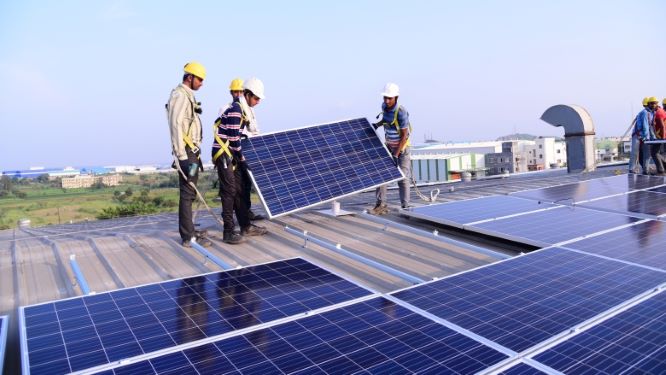
Loan For Rooftop Solar Pv Power Projects
The Indian government has decided to build 40,000 MWp of Grid-Interactive Rooftop Solar PV Plants in the next five years to increase reliance on non-conventional energy sources. These rooftop solar PV plants will be installed in the country’s residential, commercial, industrial, and institutional sectors, with capacities ranging from 1 kWp to 500 kWp. Rooftop solar plants are commercially viable because they can generate electricity for roughly INR 7 per kWh without subsidies. The government also gives groups or individual enterprises a 15% subsidy for these plants, making the scheme even more profitable.

NewGen Innovation and Entrepreneurship Development Centre (NewGen IEDC)
The National Science and Technology Entrepreneurship Development Board, part of the Indian government’s Department of Science and Technology, created the NewGen IEDC project. The campaign attempts to instil in the Indian youth a spirit of invention and entrepreneurship. Through counselling, mentorship, and support, it also aims to support and foster entrepreneurship.
The NewGen IEDC programme is a five-year initiative that will take place in educational institutions. Up to 20 new projects will be supported.
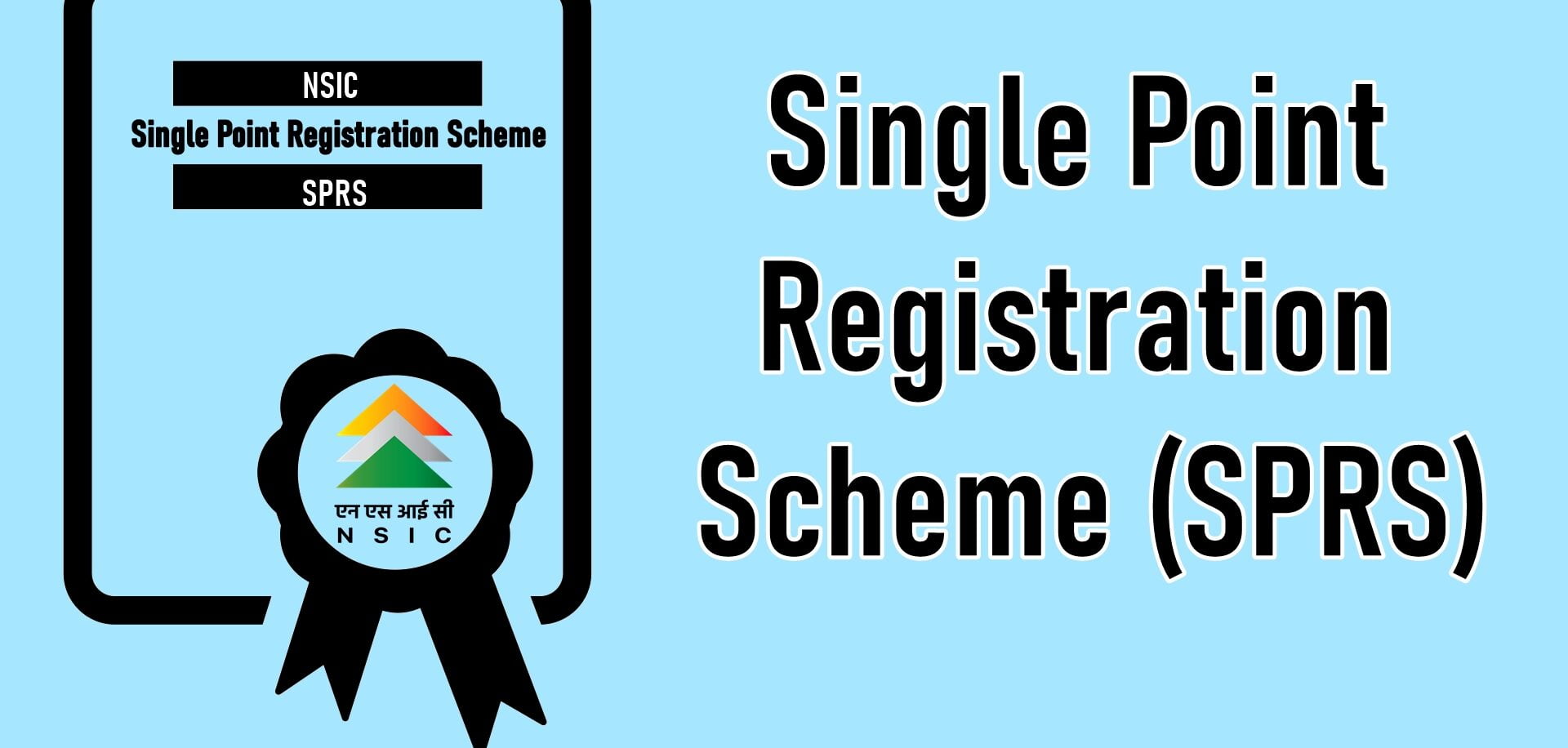
Single Point Registration Scheme (SPRS)
In 2003, the Single Point Registration Scheme (SPRS) was established. The National Small Industries Corporation is in charge of it (NSIC). NSIC registers all Micro & Small Enterprises (MSEs) in India under the Single Point Registration Scheme to participate in government purchases.
Based on the amount of money they can invest, businesses are classed as Micro, Small, or Medium. A Udyog Aadhar registration certificate is given to eligible MSME units. All central ministries, departments, and public sector organisations must set an annual objective of purchasing at least 20% of their total annual purchases from MSMEs. MSMEs get exclusive access to around 358 goods.

Modified Special Incentive Package Scheme (M-SIPS)
The Indian government has approved a special incentive package to encourage large-scale production in Electronic System Design and Manufacturing (ESDM). The Modified Special Incentive Package Scheme is the programme’s name (M-SIPS).
Individual enterprises will receive a 20 per cent subsidy on capital investments in special economic zones (SEZs) and a 25 per cent subsidy on capital investments in non-SEZs under M-SIPS. For non-SEZ units, it also covers the cost of CVD/excise on capital equipment. High-tech and high-capital investment units are also eligible for central taxes and tariffs reimbursement.
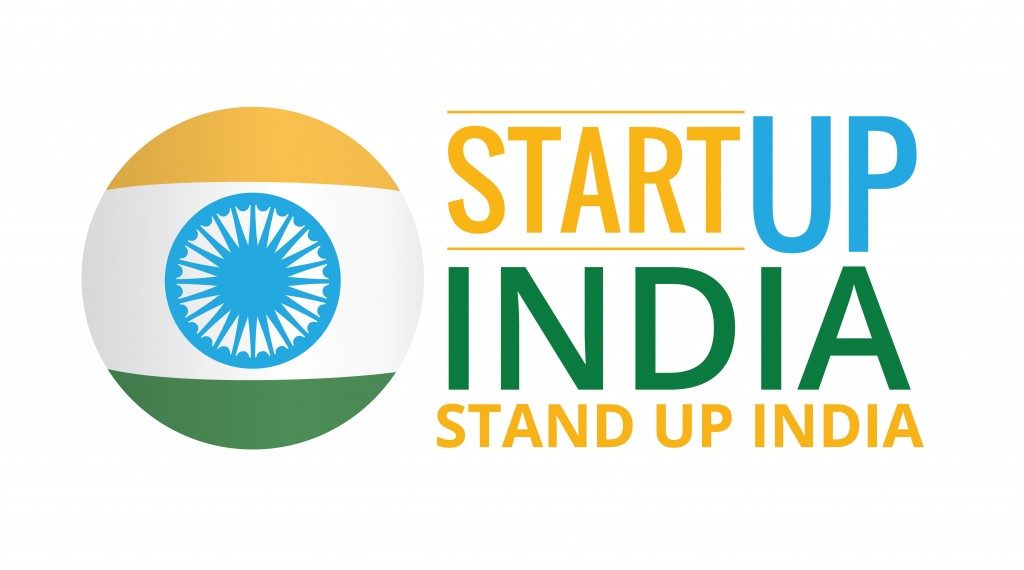
The government is not only pushing these initiatives to enable the current set of startups to profit from them, but it is also encouraging budding entrepreneurs, startups, and students from all fields to be self-sufficient and advance Atmanirbhar Bharat’s vision. These initiatives have been implemented to help the Indian startup ecosystem grow. The country currently appears to be entering a golden period of entrepreneurship, with India, if everything goes according to plan, hosting as many successful businesses like the United States or any other leading nation by 2030.




